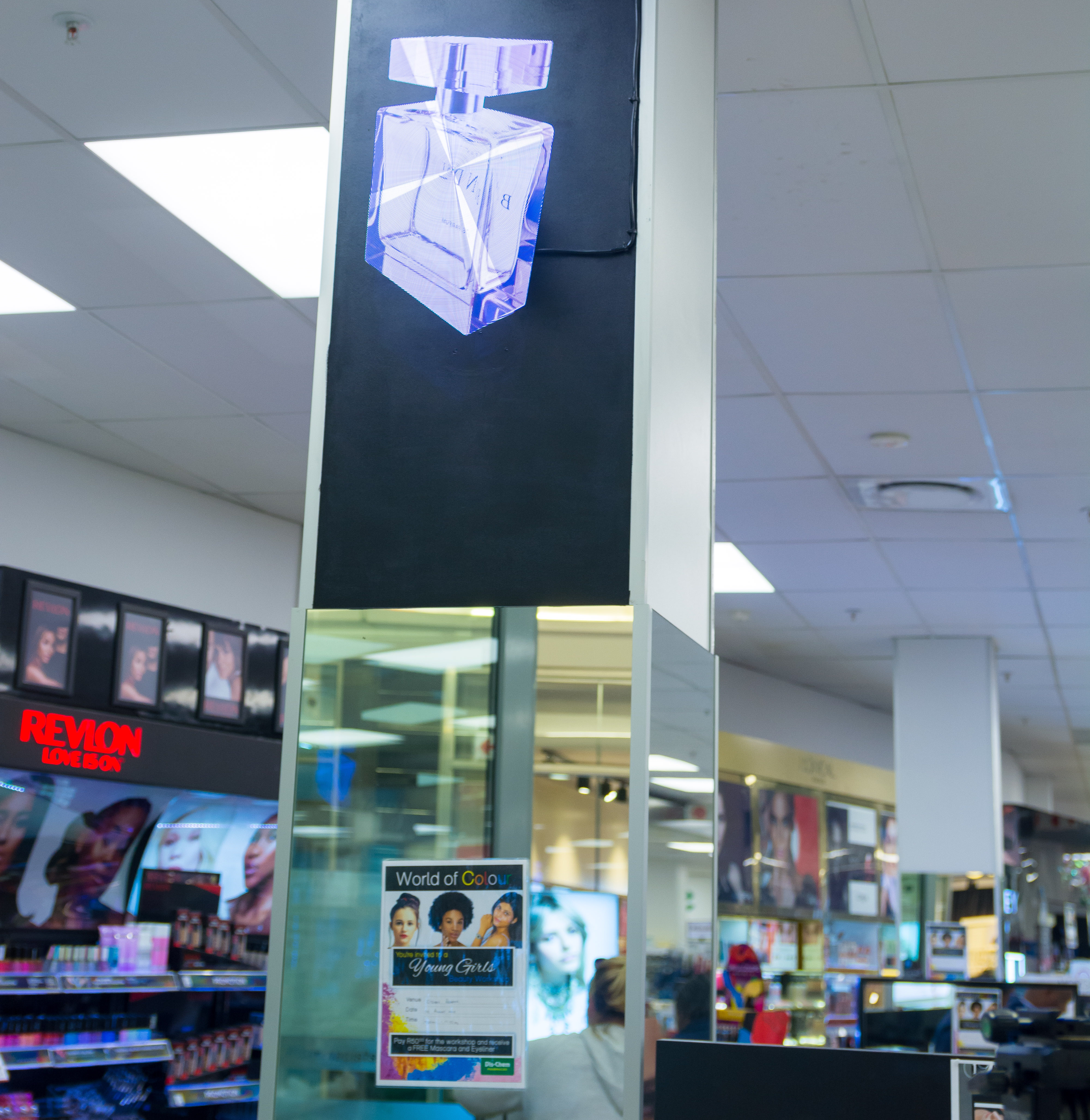In-store advertising innovators Smart Media
With the South African e-commerce market expected to top $4.7 billion by 2023 (up from $2.5 billion in 2017), many would be forgiven to think that traditional retail is dwindling. However, there remains significant opportunities for merchants to drive in-store shopping for a more integrated consumer experience. Many retailers make the mistake of thinking they should be pouring most of their focus into the online environment and maintain the status quo for bricks and mortar activities. This would be a mistake as the developing South African market will reward those that combine the strengths of both online and offline experiences in seamless execution.
Many retailers make the mistake of thinking they should be pouring most of their focus into the online environment and maintain the status quo for bricks and mortar activities. This would be a mistake as the developing South African market will reward those that combine the strengths of both online and offline experiences in seamless execution.
Integrating platforms
 According to Nielsen, a bricks-and-clicks approach will be the future of retail. Its research shows that the most effective strategies revolve around understanding how shoppers make purchasing decisions and how best to integrate options across e-commerce and physical stores.
According to Nielsen, a bricks-and-clicks approach will be the future of retail. Its research shows that the most effective strategies revolve around understanding how shoppers make purchasing decisions and how best to integrate options across e-commerce and physical stores.
In a mobile-driven market such as South Africa, this makes sense. But while some users can afford high mobile data rates, the bulk of the population (especially people living in rural areas) still need traditional advertising to be informed of discounts, special offers, and other retail campaigns happening at their local stores. This is also a rule of thumb in marketing, messages need to be consumed at multiple touch-points to influence purchasing decisions. This is more so the case with consumers facing ever-greater distractions and having shorter attention spans.
Physical stores still provide brands with the opportunity to generate awareness of their products in very direct visual and tactile ways. While activations (for example promoters) will always play a role, more brands and their retail partners will leverage digital platforms for an integrated customer experience.
Cost efficiencies
 Adding to the impetus of using digital in retail environments is the associated cost reductions that take place. In-store digital platforms reduce production costs associated with physical media, often a barrier to budgets. We advocate that finding the right agile mix can have a significant effect on brand objectives.
Adding to the impetus of using digital in retail environments is the associated cost reductions that take place. In-store digital platforms reduce production costs associated with physical media, often a barrier to budgets. We advocate that finding the right agile mix can have a significant effect on brand objectives.
Imagine the cost-saving if a brand does not have to send physical media to multiple stores throughout the country or a smaller percentage of physical materials. Digital media has the potential to be distributed to retail outlets from a central location at the click of a button. Of course, anything in-store still requires installers, cabling, connectivity, and ongoing maintenance. It is hardly a ‘fire and forget’ solution, but one that can improve efficiencies and balance tight budgets with a strategic media mix.
These digital changes are not limited to shelf-based branding either. At the point-of-sale, shoppers are starting to get access to mobile payment solutions, ‘tap-and-go’ alternatives, location-based alerts and other offerings that drive innovation from an experiential perspective.
What customers want
 This year is going to be a big one for digital media at retail stores. This will especially be the case when it comes to on-shelf calls to action. We have been running a few pilot programmes with Dis-Chem Pharmacies. To date, the reception has been overwhelmingly positive. Going digital on-shelf means brands get a lot more bang for their buck as they are now able to advertise a full range of products in one drop.
This year is going to be a big one for digital media at retail stores. This will especially be the case when it comes to on-shelf calls to action. We have been running a few pilot programmes with Dis-Chem Pharmacies. To date, the reception has been overwhelmingly positive. Going digital on-shelf means brands get a lot more bang for their buck as they are now able to advertise a full range of products in one drop.
These solutions enable brands to run multiple campaigns simultaneously and can deliver several messages to suit different target audiences as the time of day changes. For example, pensioners might be targeted in the mornings while parents can receive tailored content after school, and the after-work crowd that go shopping after 17:00 may receive other nuanced messages.
In terms of static media, these can carry calls-to-action. For example, virtual reality options and scan codes linking users to online instant experiences such as live hashtag feeds or microsites. The potential for engagement from consumers is quite exciting and we are at the forefront of advocating these innovations.
In rural areas, digital will play a larger role in the South African landscape. Thanks to the ubiquity of mobile devices, which accounts for 50% of SA internet use, people are using their phones to access information in real-time. They want the same experiences as those shoppers who go to retail stores in big cities and urban areas.
Retailers who are prepared to embrace the increasingly innovative digital offerings available for the in-store environment will be the ones that gain the most traction in the months to come.
- MRF Unveils Latest MAPS® Data - 20th February 2025
- The BRC announces changes to the board and updates for 2025 - 17th December 2024
- Top 50 DSTV TV programmes – October 2024 - 12th November 2024






